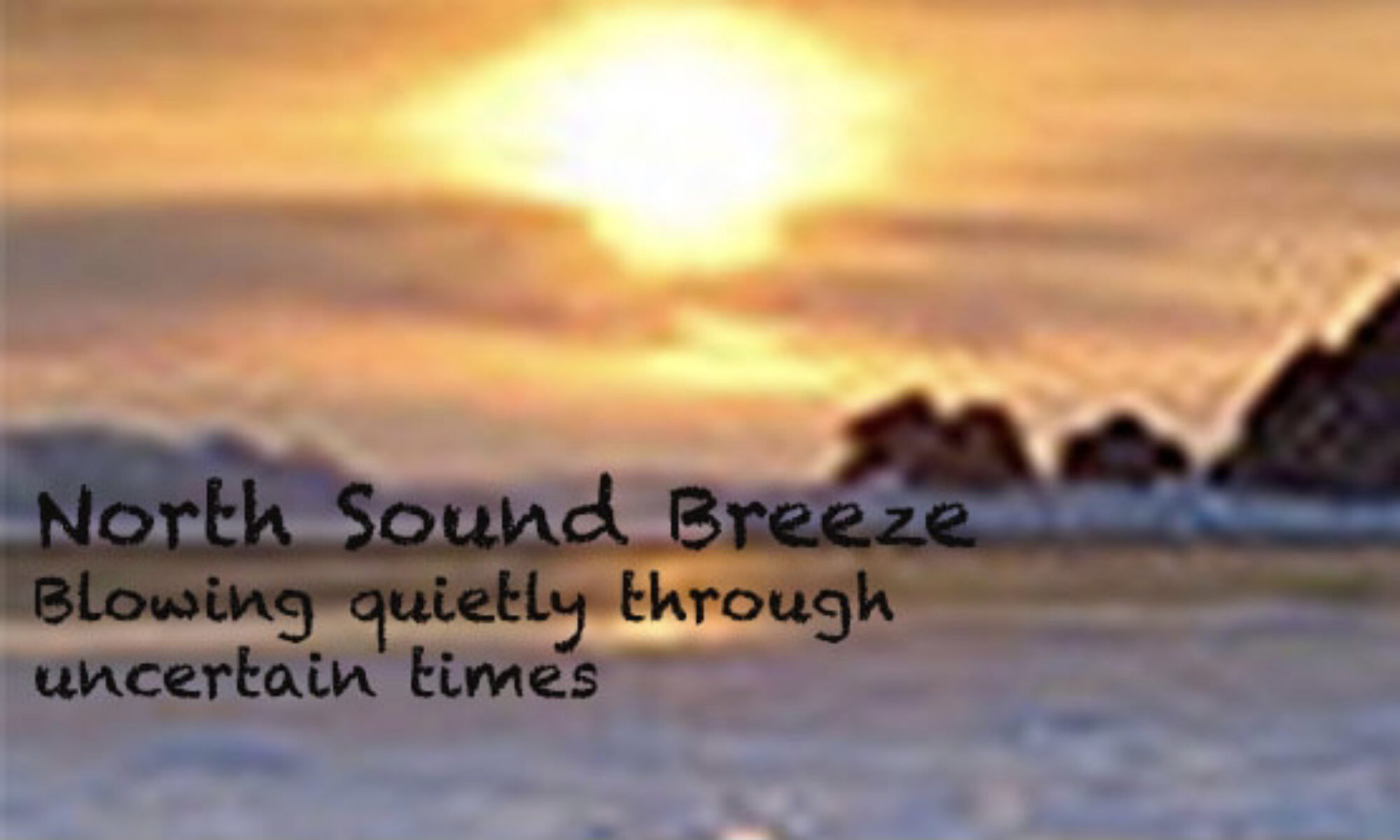His nickname back then, ’65 – ’70, was Crumbles. Why, I have no idea.
At Berklee, he was already a brilliant player. He was a quiet, low-visibility
guy that few of us knew.
After my Berklee years, I got a job as an arranger at a studio west of
Boston… in Maynard. In the process, I became their backup audio engineer.
The studio was called Natural Sound, located in the second story of a
downtown Woolworth store. It featured one large room with a semi-isolated
drum booth. We recorded on a Scully 8-track and a home brew console that
Lou Casella built. They had good mics, good outboard gear, and recorded
several musicians and groups that became famous… Tom Scholz, the creator
of Boston, did his first demos out there, which I engineered, and still have
a copy of. Another band, Bead Game, which demoed out there for Robin McBride
of Mercury Records, had a guitarist named Jeff “Skunk” Baxter, and a drummer
named Jimmy Hodder, both who ended up in the Doobie Brothers. Hotter didn’t
last long, but Skunk stayed with the band until Michael McDonald invaded it,
making it a “keyboard band.” Skunk once told me, “The Doobies isn’t a band,
it’s a corporation.”
Other notable names that came through that studio back in 1970 were the
first technicians of DBX, the noise reduction company. They booked the studio
for a week to test their new equipment, (very secretive) and we all got the
week off, as none of us were allowed in. Also, the ARP synthesizer company,
the first big one to launch a commercial synth, brought their flagship synth
out to Natural Sound and left it there for 6 months, hoping people would see
it, try it and buy it. The other engineer, Monty Stark, and I used it a ton,
regardless of the fact that everything it did came out in square waves and
sawtooth waves. I have recordings of it on several of my demos, and it sounds,
well, horrible. But what the hell… it was the first one!
So Natural Sound, for a while at least, was the hot studio in the Boston area.
If there were no bookings on the weekend, I usually had the place to myself.
I was allowed to record anyone and anything I wanted to, as long as I paid
for the tape. I bought a roll of 1” tape for the 8-track for $75, filled it up, then
erased most of it and filled it up again. And it was one of those quiet
weekends that I got John Abercrombie to come out to Maynard and record
a session with us. Two of my roommates from Berklee came out, too…
Craig Herndon, who played drums, and Paul Miller, who played electric bass.
A hard, cold fact here… Craig and Crumbles were the real accomplished
musicians on this session. Paul and I were trying our best, of course, and
learning as we went, but really weren’t even in the same league as the
other two. If you don’t believe me, ask Ernie Watts, who all but kicked me
out of a jam session at his apartment one night. “Don’t ever ask that guy
to come back,” he was heard to mutter. Regardless, Paul and I loved our jazz
as much as anyone, we simply didn’t have some of the extra ability that
the great players always seemed to possess. The great ones always make it
sound effortless, while I always sounded like I was struggling at the very edge
of my abilities… which was usually true.
Paul was attending an art school in Boston, he was an artist, a painter,
pursuing the Andrew Wyeth semi-loose water color style. So music, and
bass, was his second love. He was listening to Scotty La Faro and Dave
Holland back then, while I was trying to copy Chick, Herbie and Bill. Ha.
Plus, Paul playing electric, and me playing a Wurlitzer electric didn’t help
our image much. But in our defense, we were trying. We got all set up,
got levels on the instruments, then I hit “record” on the big 8-track and
ran down into the studio, from the control room. In hindsight, I’m so glad
we did this. Craig is gone now, Crumbles is gone now, but we still have
their energy, and a documentation of their fine musicianship even back then.
Here is a short offering of our recording session that day back in 1970. We
played Some Time Ago, a blues, My Romance, Blue In Green and Footprints.
The piece here is a slice of Straight, No Chaser. I cut it up a good bit, removing
my solo… after all, this is about Crumbles, not me.
Notice that John was cruising through these blues changes, hearing a lot
of them as altered dominant. Unfortunately, Paul & I didn’t yet know enough
to follow him into that thorny thicket of wondrous dissonance, so what we
have here is an altered John wandering through our “straight” changes.
Perhaps this tune should have been renamed, “Straight, No Altered.”
If I sound a little puffed up about playing with John, and about this time period
in general, it’s probably because I am! I am proud to have known John, drank
beer with him on one occasion and played a recording session with him. He
is, in my humble opinion, the quiet giant of jazz guitar, and though I have to
wince frequently when hearing my playing with him on this recording, still it’s
a window into a magical time in my life, a time when DBX and ARP would come
through the front door with brave new technologies, and Crumbles would walk
quietly through the back door, open his guitar case and blow us away with his
creativity and brilliance. If anyone ever asked what I thought should be on his
gravestone, I would tell them, “A life well-lived, seeking only relevant dissonance.”
Steve Hulse
